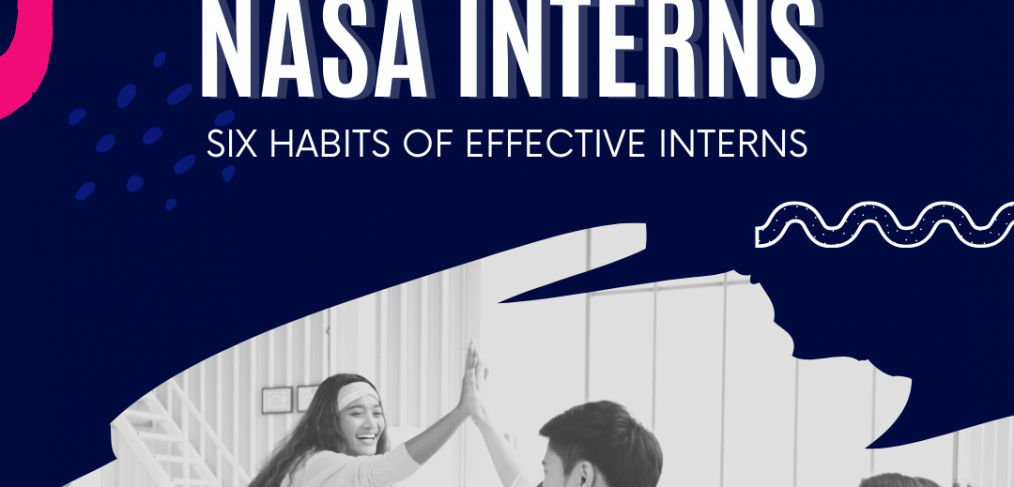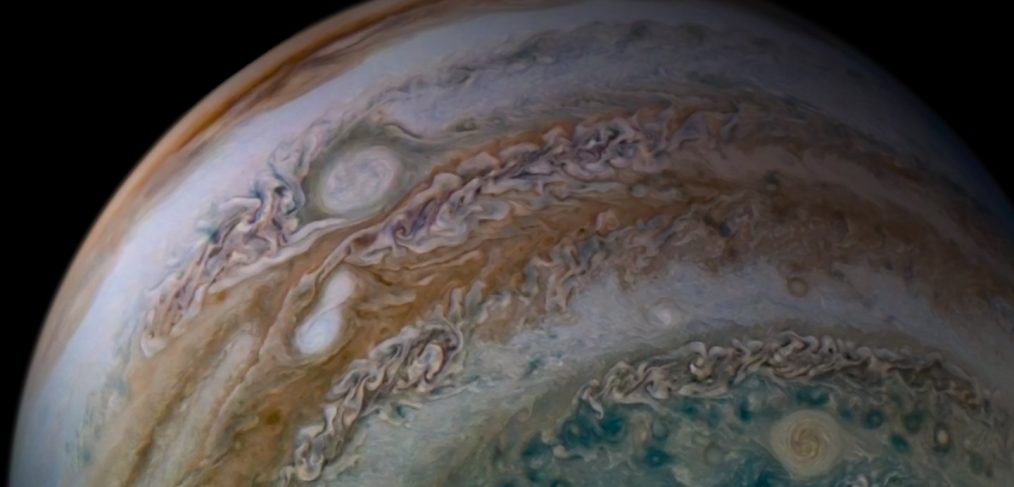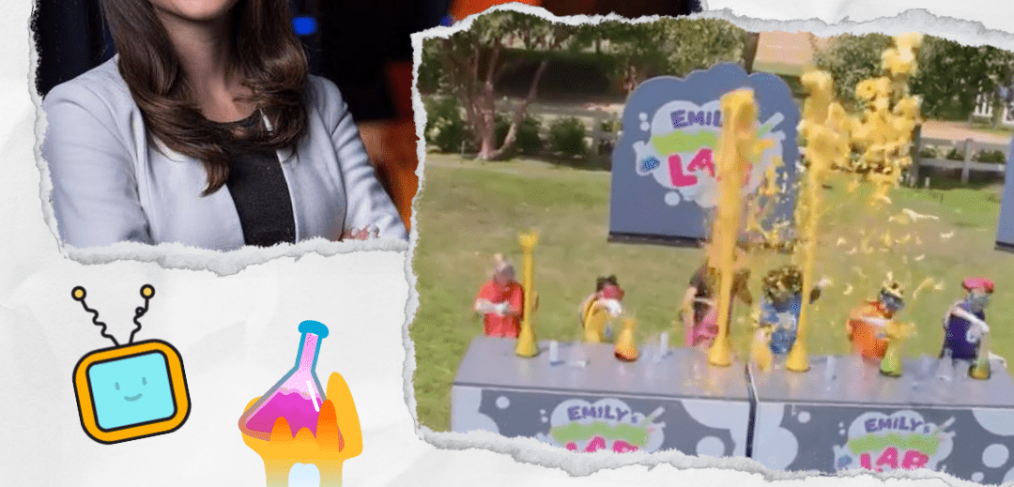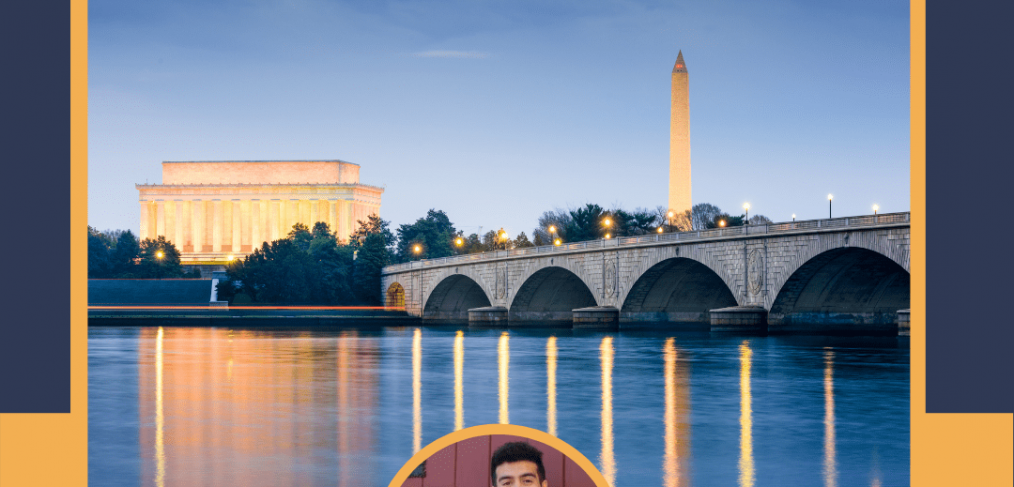How do you track an asteroid that hit the Earth over 60 million years ago? By using a combination of geology and computer simulations, at least according to a team of scientists from the Southwest Research Institute (SwRI). Those methods might have let them solve a long-standing mystery of both archeology and astronomy – where did the asteroid that killed the dinosaurs come from?
The fact that an asteroid impact was the catastrophe that finally killed the dinosaurs is now widely accepted in scientific circles. Now known as the “Chicxulub event”, it was named after the 145 km wide crater in the Yucatan peninsula that the 10 km wide asteroid caused when it impacted the planet about 66 million years ago.
Author: Andy Tomaswick










